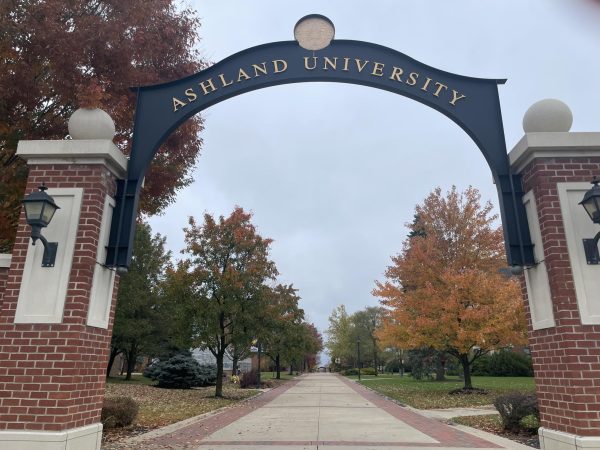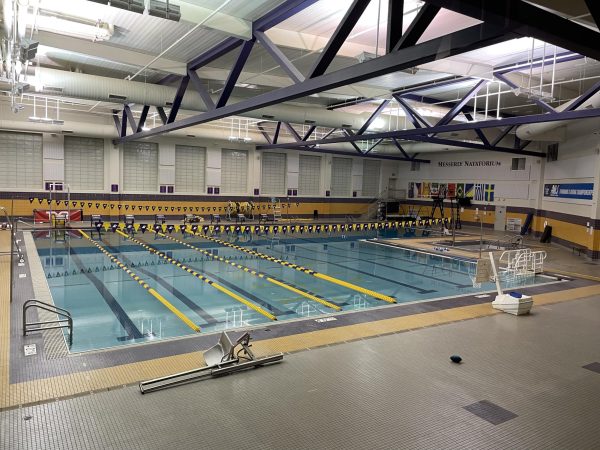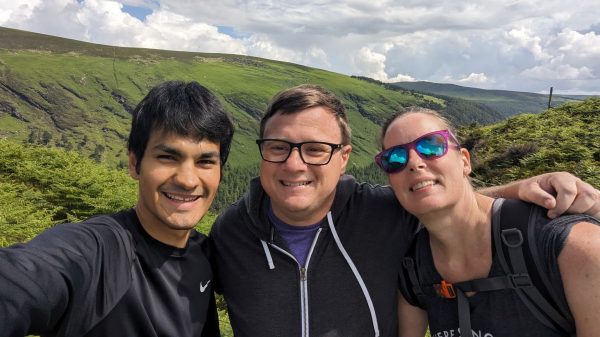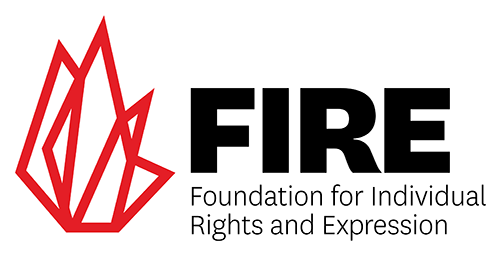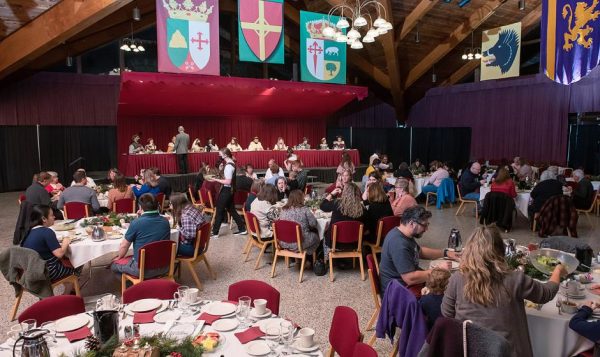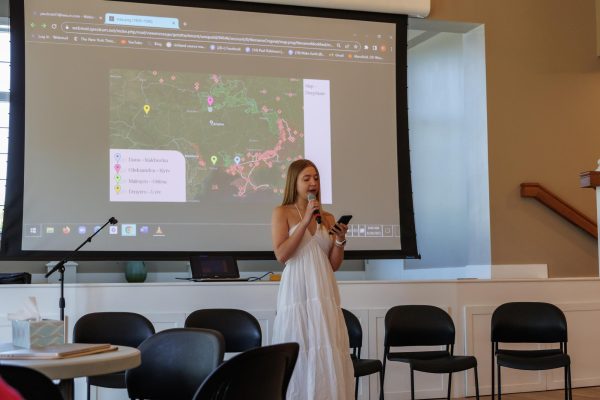Ashland artist’s diversity mural painted over by city
Anna Slade, 16, protesting in downtown Ashland with her handmade sign.
October 6, 2020
The day after the city council meeting, on Sept. 16, several murals representing diversity and culture were painted over by the city.
Rafael Serrano, an Ashland Army Veteran, is known for painting murals around town. Starting his craft around two years ago, he has been head-to-head with the local government ever since.
“I do it to spite them,” Serrano said.
Many of his works include the wings on the side of Fig & Oak, which was painted in memory of his daughter, the mural for the musical “West Side Story” painted during its run at Ashland High School and a portrait of Civil Rights icon Gloria Richardson painted inside of a tunnel on Township Road 1536.
“When the city covered [the mural] up, I decided to paint it again, but gayer,” Serrano said.
LGBTQ+ icons such as Marsha P. Johnson, Syliva Rivera and more surrounded Richardson.
“None of my artwork includes white people. They never started these revolutions,” Serrano added.
Serrano contributes his talents by painting on protest signs for residents who stand on the corner of the Main Street, Claremont Avenue intersection, many of the signs depict images from his late mural. He often joins the group of protestors on the corner in Ashland.
In the small town of Ashland, Ohio, many residents are coming together in support of the Black Lives Matter (BLM) movement — fighting against the racial inequalities that plague the streets of many cities across the nation.
Celebrating over 100 straight days of protesting, several community members have come together, trying to bring awareness to racial issues and stand with African Americans in their fight for justice.
From students to local residents, and even professors, those protesting stand through the support and through the crude comments, several of them coming from their own neighbors.

Each day, protestors hold up their hand-crafted signs that say, “justice not just us,” “love not hate” and “black lives matter,” to convey the message of the national movement, which began seven years ago.
As vehicles pass the corner protest, many people honk their car’s horn, either in solidarity, or against the daily protestors. Some support the movement in silence by holding their fist out the window, while others use obscene gestures.
The split reactions are happening within a city that proclaims itself to be the “headquarters of nice people”. The conflict within the community can also be found throughout public discussion.
Members of the protest group have taken to voicing their opinions regarding Ashland’s response to diversity and inclusion at city council meetings.
After several public participation moments were utilized, Councilman Steve Workman spoke up about the repeated comments during the Sept. 15 Ashland City Council meeting.
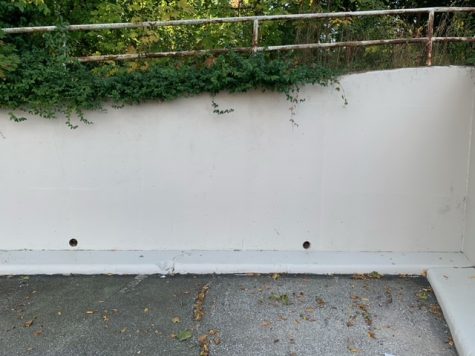
“This will be the last time we entertain remarks from any special interest group, including yourself,” Workman said in the meeting. “We’ve mentioned it three times now and we would ask at this point that we just leave it where it is.”
Ashland Mayor Matt Miller and Councilman Steve Workman did not respond for comment by the time of publication.
This was met with outrage.
Heather Sample, Ashland resident, has been protesting since the very beginning of the 100 days.
“No one should be discriminated against by the color of their skin,” Sample said.
Sample spent time away from the small-town and moved down to Orlando, where her daughter lives.
“I have a gay and biracial daughter, who I left in Florida, where there is much more diversity, and many more ethnicities,” Sample said.
Many African American students, who look at Ashland University to continue their education, find the lack of diversity a top problem.
“My nephew lives in Mansfield and they wanted him for the basketball team here a few years ago, [so] they threw all kinds of money his way… they wanted him bad,” Deedra McDonnell, Ashland native, said.
McDonnell is one of the few minority families that began their lives in Ashland.
With much consideration, her nephew turned down the offer.
“He was like, ‘there’s not enough money in the world that would make me go to that school. There is too much racism over there.’” McDonnell said. “He refused it just because of the amount of racism.”
From young child to grandmother, McDonnell has witnessed the evolution of the city. Her family has played a big part in it.
Her mother, Delaine McGhee, was the first African American teacher in Ashland city. The AU alumna taught at Edison Elementary School for 35 years, teaching third through sixth-grade.
From community to campus
AU religion professor, Dr. Peter Slade, joined in the protest and has made a continuous effort to show his support for the movement.
“I thought it was my moral responsibility to answer that call. As a professor, as a resident of Ashland and as a citizen of the United States… as a human being,” Slade said.
The term, ‘racial indifference’ is being recognized by young high school students in the community as well. 16-year-old Anna Slade, daughter of the religion professor, shared her thoughts regarding the Ashland community.
“I used to go to Mansfield City Schools and now I go to Ashland High School and there’s obviously a racial difference; a difference in attitudes, ideologies, politics… It’s really different,” Anna Slade said. “I think Ashland is not as accepting of a place as it definitely should be.”
As racial injustice continues to have an effect on African Americans across the country, many students believe that AU needs to build a better response to what is happening throughout America.
Keon Singleton, an AU student athlete from Baltimore, Maryland, organized the protests in downtown Ashland and outlined a few ideas on what the community can do to make the living situation better.
“Let’s make it mandatory for all Freshman students to take diversity classes,” Singleton said. “A lot of people in Ashland come from small-towns—white-towns, and a lot of people are not used to being in the company of African Americans. So, they need to learn about how to handle situations and how to talk to them because we, Black Americans, are humans as well.”




